New observations of a pulsar are challenging all existing theories about these stars’ dynamics.
Pulsars are highly magnetized, rapidly rotating neutron stars that emit beams of radio waves from their magnetic poles.
Known as PSR B0943+10, the unusual pulsar regularly switches between strong and weak radio emission, but does the reverse when observed at X-ray wavelengths.
“As well as brightening in the X-rays, we discovered that the X-ray emission also shows pulses, something not seen when the radio emission is bright,” said study co-author Joanna Rankin at the University of Vermont in a press release. “This was completely unexpected.”
According to Rankin, B0943+10 “has two very different personalities ... But we’re still in the dark about what causes this, and other pulsars, to switch modes.”
While rotating, a pulsar’s spinning period gradually decelerates, correlating with the switch between states, suggesting the star’s surface and surrounding magnetosphere are connected. This would mean that the star’s whole environment can transform rapidly and reversibly.
Only a few old pulsars produce X-rays, probably from their magnetic poles.
“We think that, from the polar caps, accelerated particles either move outwards to the magnetosphere, where they produce radio emission, or inwards, bombarding the polar caps and creating X-ray-emitting hotspots,” said study lead author Wim Hermsen from SRON, Holland’s Institute for Space Research, in the release.
“The X-ray emission of pulsar PSR B0943+10 beautifully mirrors the switches that are seen at radio wavelengths but, to our surprise, the correlation between these two emissions appears to be inverse: when the source is at its brightest in radio waves, it reaches its faintest in X-rays, and vice versa.”
The paper was published in Science on Jan. 25.
The Epoch Times publishes in 35 countries and in 21 languages. Subscribe to our e-newsletter.
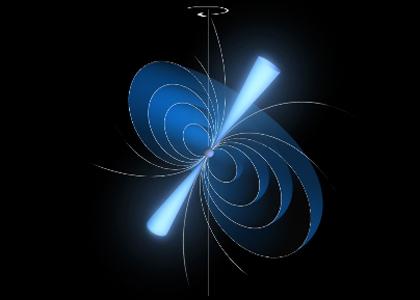
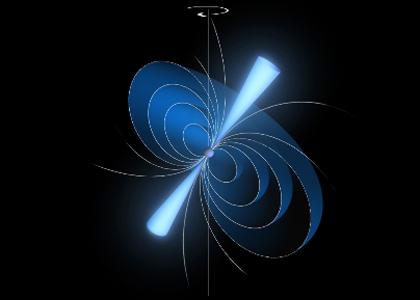
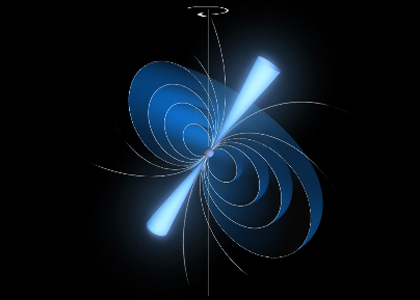
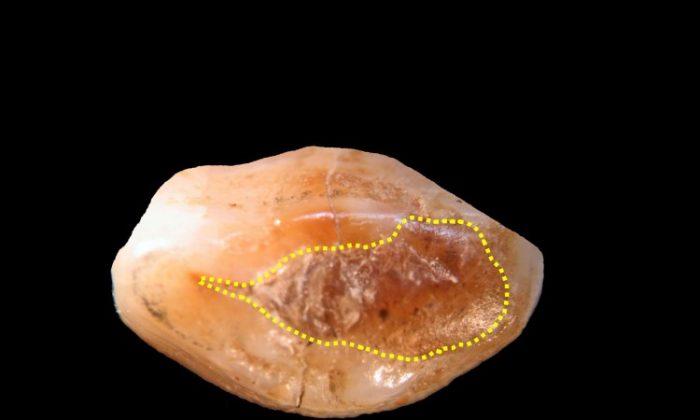

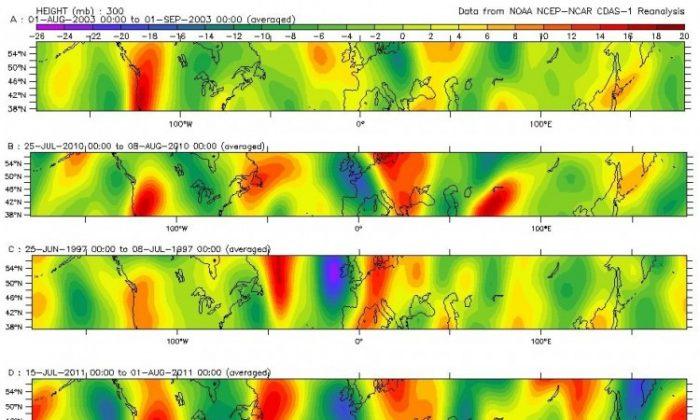
Friends Read Free